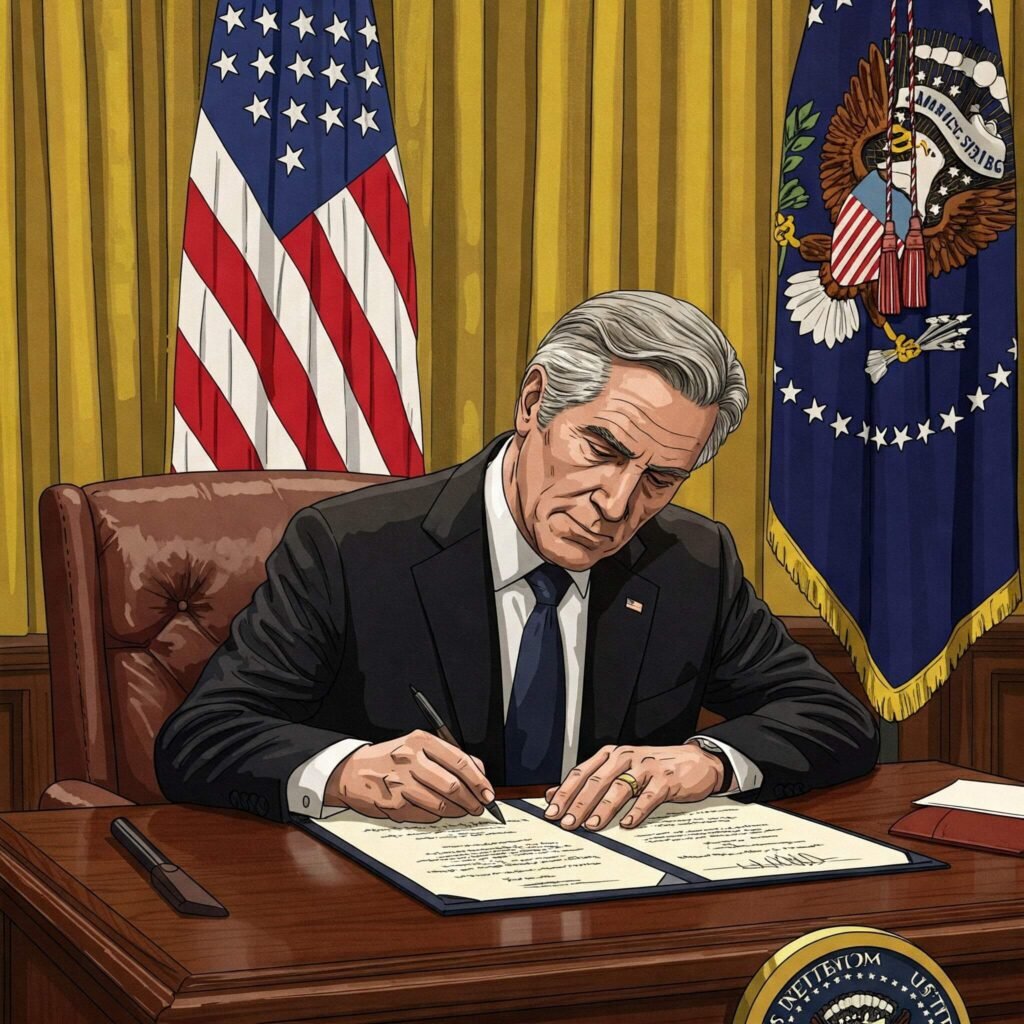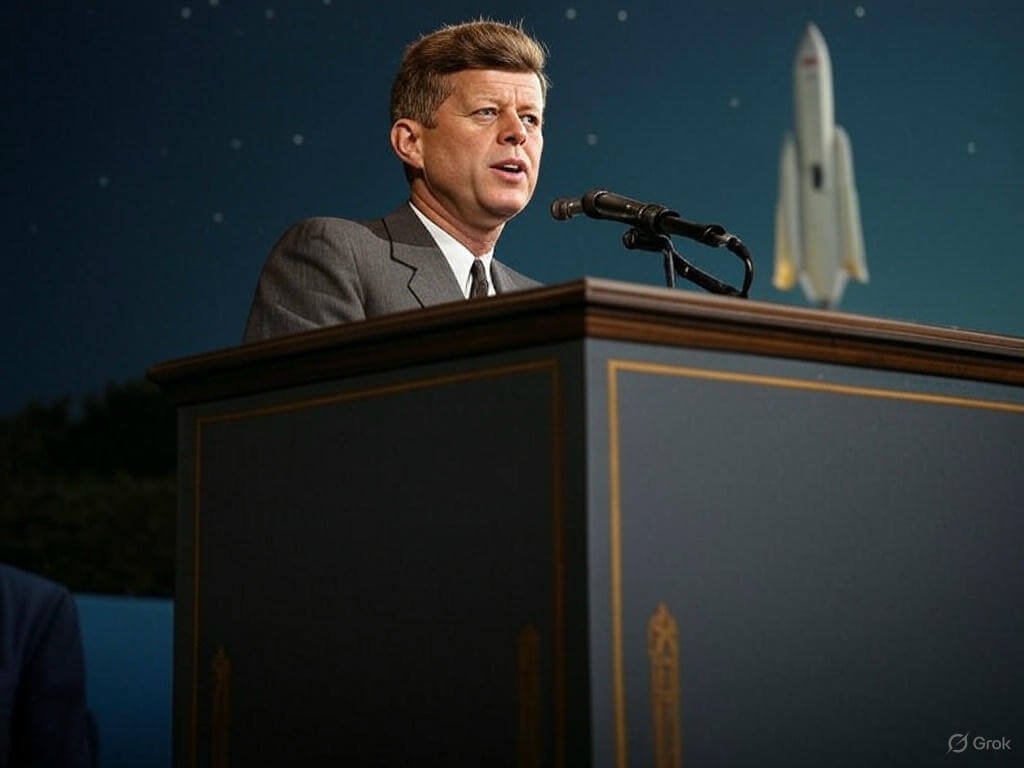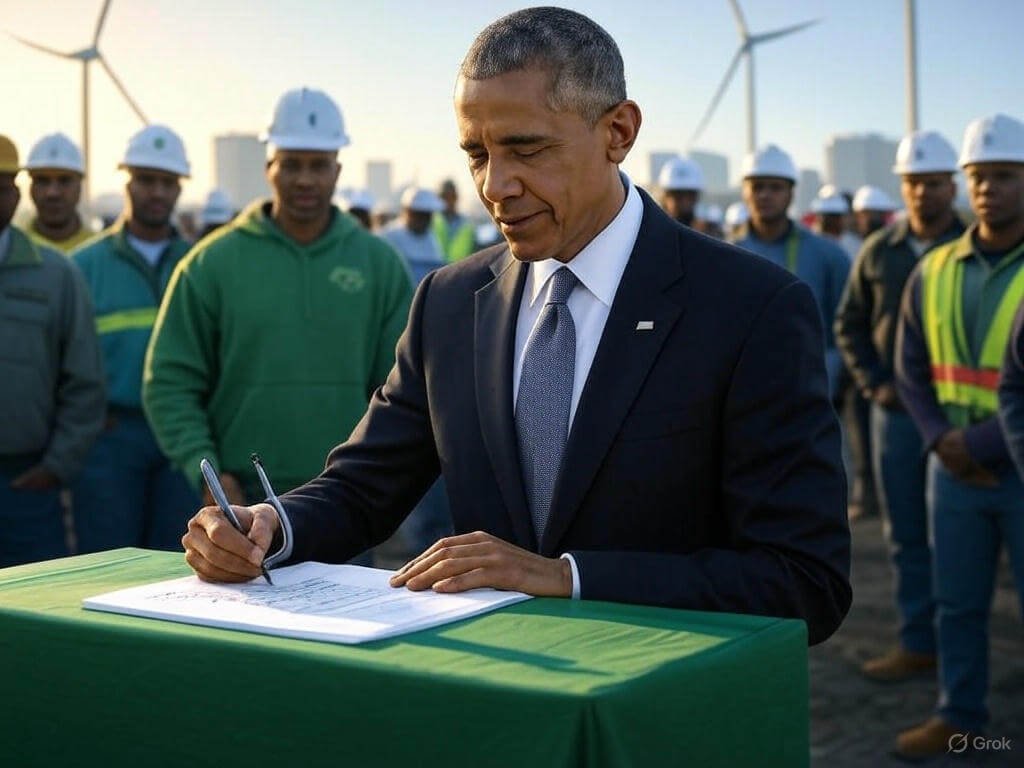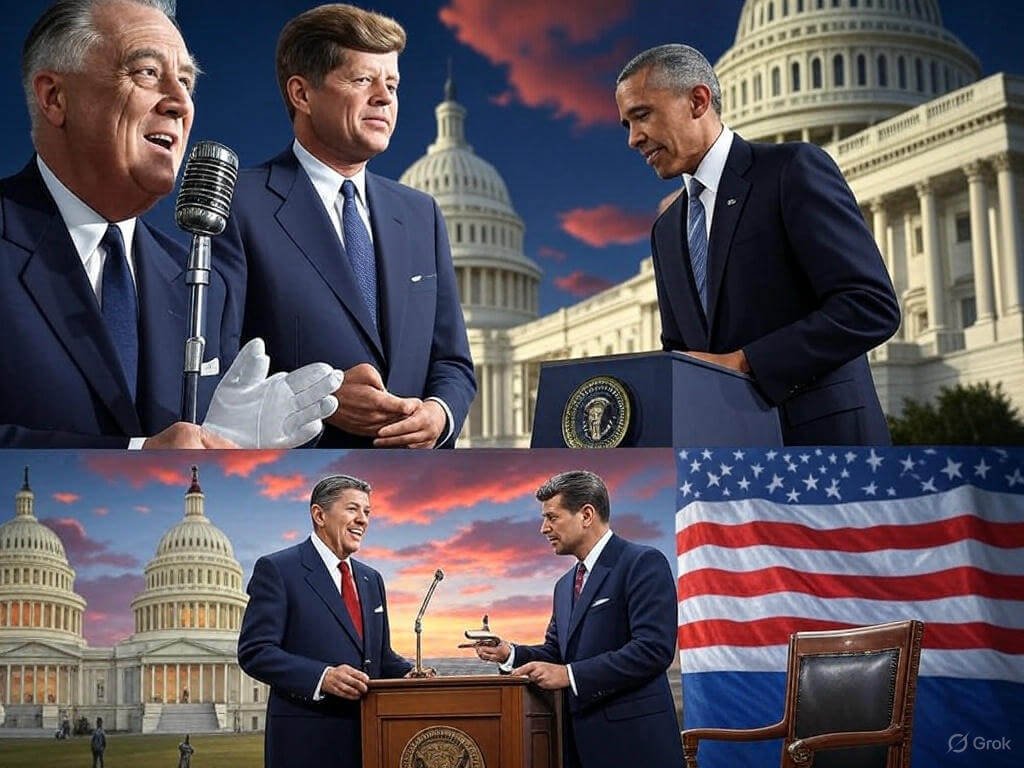The first 100 days of a U.S. presidency are a critical window for setting the tone, launching bold initiatives, and making history. Known as the presidential first 100 days, this period has become a benchmark for evaluating a president’s leadership and impact. From Franklin D. Roosevelt’s New Deal to Ronald Reagan’s economic reforms, the best first 100 days in U.S. history showcase presidential power moves that reshaped the nation. In this blog, we’ll explore the most impactful starts, why they mattered, and what we can learn from these historic moments.
Why the Presidential First 100 Days Matter
The concept of the presidential first 100 days began with Franklin D. Roosevelt in 1933, who used this period to tackle the Great Depression with unprecedented action. Since then, it’s been a yardstick for measuring a president’s ability to deliver on campaign promises and navigate crises. These early days are crucial because:
- Momentum is High: New presidents have a fresh mandate and public support.
- Crises Demand Action: Many presidents face immediate challenges, like economic downturns or wars.
- Legacy Starts Here: Early wins (or losses) shape how history views a presidency.
Let’s dive into the best first 100 days in U.S. history and uncover the presidential power moves that defined them.

Franklin D. Roosevelt (1933): The New Deal Revolution
The Presidential First 100 Days That Changed America
When Franklin D. Roosevelt took office in 1933, the U.S. was in the depths of the Great Depression. Banks were failing, unemployment soared, and hope was scarce. FDR’s presidential first 100 days became legendary for launching the New Deal, a series of programs to stabilize the economy and restore confidence.
Key Presidential Power Moves:
- Bank Holiday: FDR closed banks temporarily to prevent collapse, then reopened them with federal backing, restoring public trust.
- New Deal Legislation: He pushed through 15 major bills, including the creation of the Federal Deposit Insurance Corporation (FDIC) and the Civilian Conservation Corps (CCC).
- Fireside Chats: FDR used radio to communicate只能 in directly to the American people, calming fears and building support.
Impact: FDR’s presidential first 100 days set a new standard for leadership. His policies provided jobs, saved farms, and laid the foundation for modern social safety nets. According to the U.S. History, the New Deal created millions of jobs and fundamentally reshaped the role of government.
Takeaway: Bold action in the presidential first 100 days can turn crises into opportunities. Leaders must act decisively and communicate clearly to inspire trust.
John F. Kennedy (1961): The New Frontier Begins
A Visionary Start in the Presidential First 100 Days
John F. Kennedy’s presidential first 100 days in 1961 were marked by charisma, vision, and a commitment to progress. Facing Cold War tensions and domestic inequality, JFK’s early moves set the stage for his “New Frontier” agenda.
Key Presidential Power Moves:
- Peace Corps Creation: Kennedy established the Peace Corps, promoting global volunteerism and soft diplomacy.
- Space Race Push: He committed to landing a man on the moon, galvanizing NASA and American innovation.
- Civil Rights Focus: JFK began addressing racial inequality, laying groundwork for future civil rights legislation.
Impact: Kennedy’s presidential first 100 days inspired a generation. The Peace Corps, still active today, has sent over 240,000 volunteers to 140 countries, per Peace Corps data. His space race vision led to the 1969 moon landing.
Takeaway: A compelling vision during the presidential first 100 days can unite a nation and spark long-term innovation.

Ronald Reagan (1981): The Reagan Revolution
Economic Power Moves in the Presidential First 100 Days
Ronald Reagan’s presidential first 100 days in 1981 launched the “Reagan Revolution,” a shift toward conservative economic policies. Facing inflation and a stagnant economy, Reagan’s bold moves reshaped the U.S. economy.
Key Presidential Power Moves:
- Tax Cuts: Reagan pushed for the Economic Recovery Tax Act, slashing income taxes by 25%.
- Deregulation: He reduced government oversight in industries like energy and transportation.
- Surviving Assassination Attempt: Reagan’s resilience after a March 1981 shooting boosted his public approval.
Impact: Reagan’s presidential first 100 days set the stage for “Reaganomics.” According to the Cato Institute, his tax cuts spurred economic growth, though they increased deficits. His leadership style—confident and optimistic—won over skeptics.
Takeaway: Resilience and a clear economic plan in the presidential first 100 days can drive lasting policy change.
Barack Obama (2009): Navigating a Global Crisis
A Steady Hand in the Presidential First 100 Days
Barack Obama took office in 2009 amid the Great Recession, with collapsing banks and soaring unemployment. His presidential first 100 days focused on stabilizing the economy and restoring global trust.
Key Presidential Power Moves:
- Stimulus Package: Obama signed the $787 billion American Recovery and Reinvestment Act to boost jobs and infrastructure.
- Global Outreach: He extended an olive branch to the Muslim world in a Cairo speech, reshaping U.S. diplomacy.
- Healthcare Foundation: Obama began laying the groundwork for the Affordable Care Act (Obamacare).
Impact: The stimulus package created or saved an estimated 2.5 million jobs, per the Congressional Budget Office. Obama’s presidential first 100 days restored confidence and set a progressive tone for his presidency.
Takeaway: Calm leadership and strategic investments during the presidential first 100 days can stabilize a nation in crisis.

What Makes the Best First 100 Days?
The best first 100 days in U.S. history share common traits:
- Bold Vision: Leaders like FDR and JFK articulated clear goals that inspired action.
- Decisive Action: Reagan and Obama tackled crises with swift, impactful policies.
- Effective Communication: From FDR’s fireside chats to Obama’s global speeches, connecting with people is key.
- Adaptability: Each president navigated unique challenges, from wars to recessions, with flexibility.
These presidential power moves didn’t just shape their presidencies—they changed the course of U.S. history.
Lessons for Today’s Leaders
Act Fast, but Wisely: Use early momentum to tackle big challenges, but prioritize sustainable solutions.
- Inspire Trust: Communicate clearly to build confidence, whether through speeches or social media.
- Focus on Impact: Prioritize policies that deliver measurable results, like jobs or economic growth.
By studying the best first 100 days, we can learn how to make bold, effective presidential power moves in our own lives and work.





